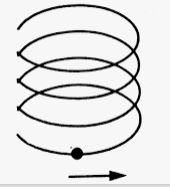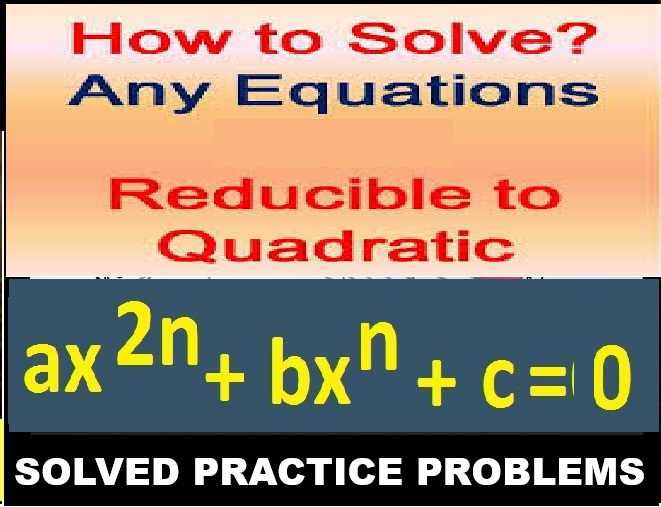Circular Motion Obj-2 HC Verma Solutions Vol-1 Ch-7 Concept of Physics for Class-11. Step by Step Solutions of Objective -2 (MCQ-2) Questions of Chapter-7 Circular Motion (Concept of Physics) .Visit official Website CISCE for detail information about ISC Board Class-11 Physics.
Circular Motion Obj-2 (MCQ-2) HC Verma Solutions Ch-7 Vol-1 Concept of Physics for Class-11
| Board | ISC and other board |
| Publications | Bharti Bhawan Publishers |
| Chapter-7 | Circular Motion |
| Class | 11 |
| Vol | 1st |
| writer | HC Verma |
| Book Name | Concept of Physics |
| Topics | Solution of Objective-2 (MCQ-2) Questions |
| Page-Number | 113, 114 |
-: Select Topics :-
Objective-II
Exercise
Circular Motion Obj-2 (MCQ-2) HC Verma
HC Verma Solutions of Ch-7 Vol-1 Concept of Physics for Class-11
(Page-113)
Question-1 :-
An object follows a curved path. The following quantities may remain constant during the motion
(a) speed
(b) velocity
(c) acceleration
(d) magnitude of acceleration.
Answer-1 :-
The options (a) and (d) are correct
Explanation:
When an object follows a curved path, its direction changes continuously. So, the scalar quantities like speed and magnitude of acceleration may remain constant during the motion.
Question-2 :-
Assume that the earth goes round the sun in a circular orbit with a constant speed of 30 km s.
(a) The average velocity of the earth from 1st jan, 90 to 30th June, 90 is zero.
(b) The average acceleration during the above period is 60 km/s2.
(c) The average speed from 1st Jan, 90 to 31st Dec, 90 is zero.
(d) The instantaneous acceleration of the earth points towards the sun.
Answer-2 :-
The options (d) The instantaneous acceleration of the earth points towards the sun. is correct.
Explanation:
Question-3 :-
The position vector of a particle in a circular motion about the origin sweeps out equal area in equal time. Its
(a) velocity remains constant
(b) speed remains constant
(c) acceleration remains constant
(d) tangential acceleration remains constant.
Answer-3 :-
The options (b) and (d) are correct
Explanation:
If the speed is constant, the position vector of the particle sweeps out equal area in equal time in circular motion.
Also, for constant speed, tangential acceleration is zero, i.e., constant.
Question-4 :-
A particle is going in a spiral path as shown in figure (7-Q.3) with constant speed.

figure (7-Q.3)
(a) The velocity of the particle is constant.
(b) The acceleration of the particle is constant.
(c) The magnitude of acceleration is constant.
(d) The magnitude of acceleration is decreasing continuously.
Answer-4 :-
The options (c) The magnitude of acceleration is constant .is correct.
Explanation:
As the pitch and radius of the path is constant, it shows that the magnitude of tangential and radial acceleration is also constant.
Hence, the magnitude of total acceleration is constant.
(Page-114)
Question-5 :-
A car of mass M is moving on a horizontal circular path of radius r. At an instant its speed is v and is increasing at a rate a.
(a) The acceleration of the car is towards the centre of the path.
(b) The magnitude of the frictional force on the car is greater than mv²/r
(c) The friction coefficient between the ground and the car is not less than a/g.
(d) The friction coefficient between the ground and the car is 
Answer-5 :-
The options (b) and (c) are correct
Explanation:
If the magnitude of the frictional force on the car is not greater than mv²/r , it will not move forward, as its speed (v) is increasing at a rate a.
Question-6 :-
A circular road of radius r is banked for a speed v = 40 km/hr. A car of mass of m attempts to go on the circular road. The friction coefficient between the tyre and the road is negligible.
(a) The are cannot make a turn without skidding.
(b) If the car turns at a speed less than 40 km/hr, it will slip down.
(c) If the car turns at the car is equal to mv²/r.
(d) If the car turns at the correct speed of 40 km/hr, the force by the road on the car is greater than mg as well as greater than mv²/r.
Answer-6 :-
The options (b) and (d) are correct
Explanation:
The friction is zero and the road is banked for a speed v = 40 km/hr. If the car turns at a speed less than 40 km/hr, it will slip down.
Question-7 :-
A person applies constant force F ⃗ on a particle of mass m and finds that the particle moves in a circle of radius r with a uniform speed v as seen from an inertial frame of reference.
(a) This is not possible.
(b) There are other forces on the particle.
(c) The resultant of the other forces is mv²/r towards the centre.
d) The resultant of the other forces varies in magnitude as well as in direction
Answer-7 :-
The options (b) and (d) are correct
Explanation:
We cannot move a particle in a circle by just applying a constant force. So, there are other forces on the particle.
As a constant force cannot move a particle in a circle, the resultant of other forces varies in magnitude as well as in direction (because F ⃗ is constant).
—: End of Circular Motion Obj-2 (MCQ-2) HC Verma Solutions Ch-7 Vol-I :–
Return to — HC Verma Solutions Vol-1 Concept of Physics
Thanks



Icse helped me alot thank you soo much